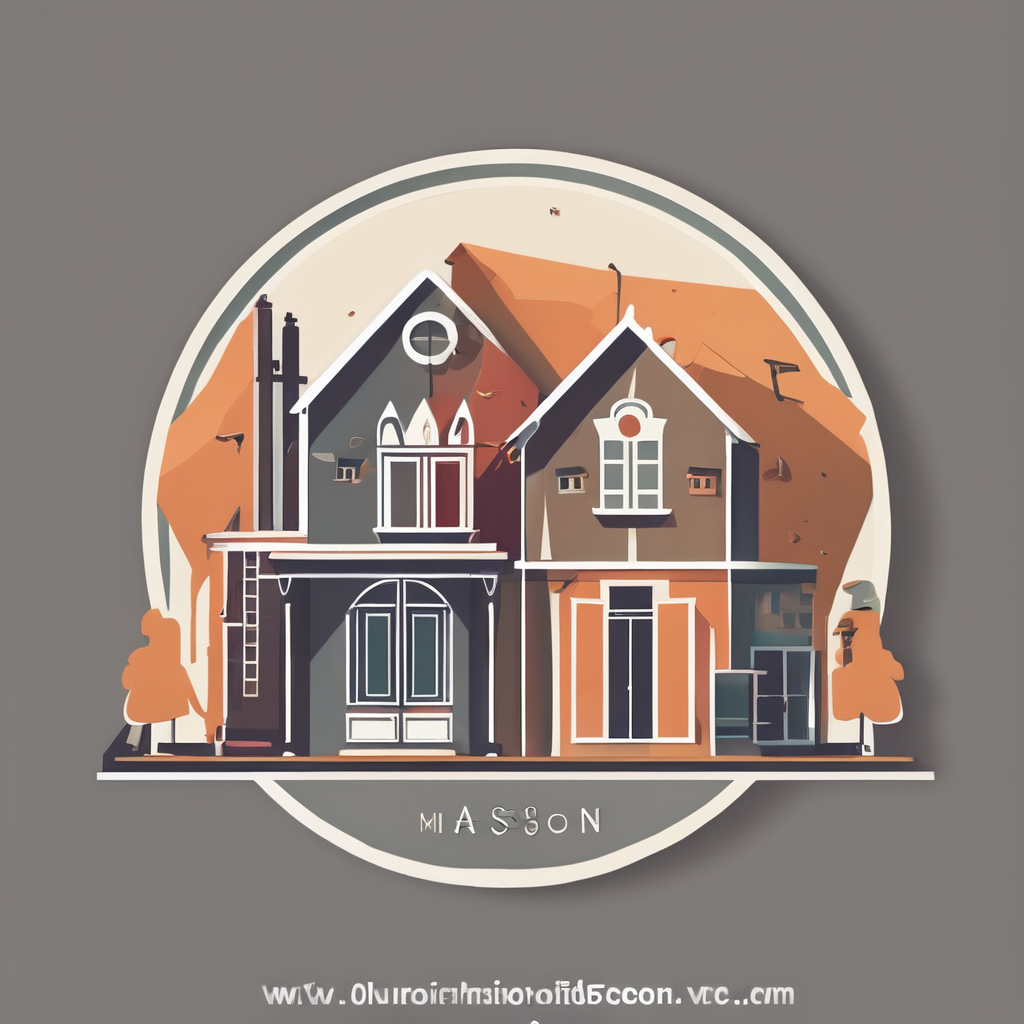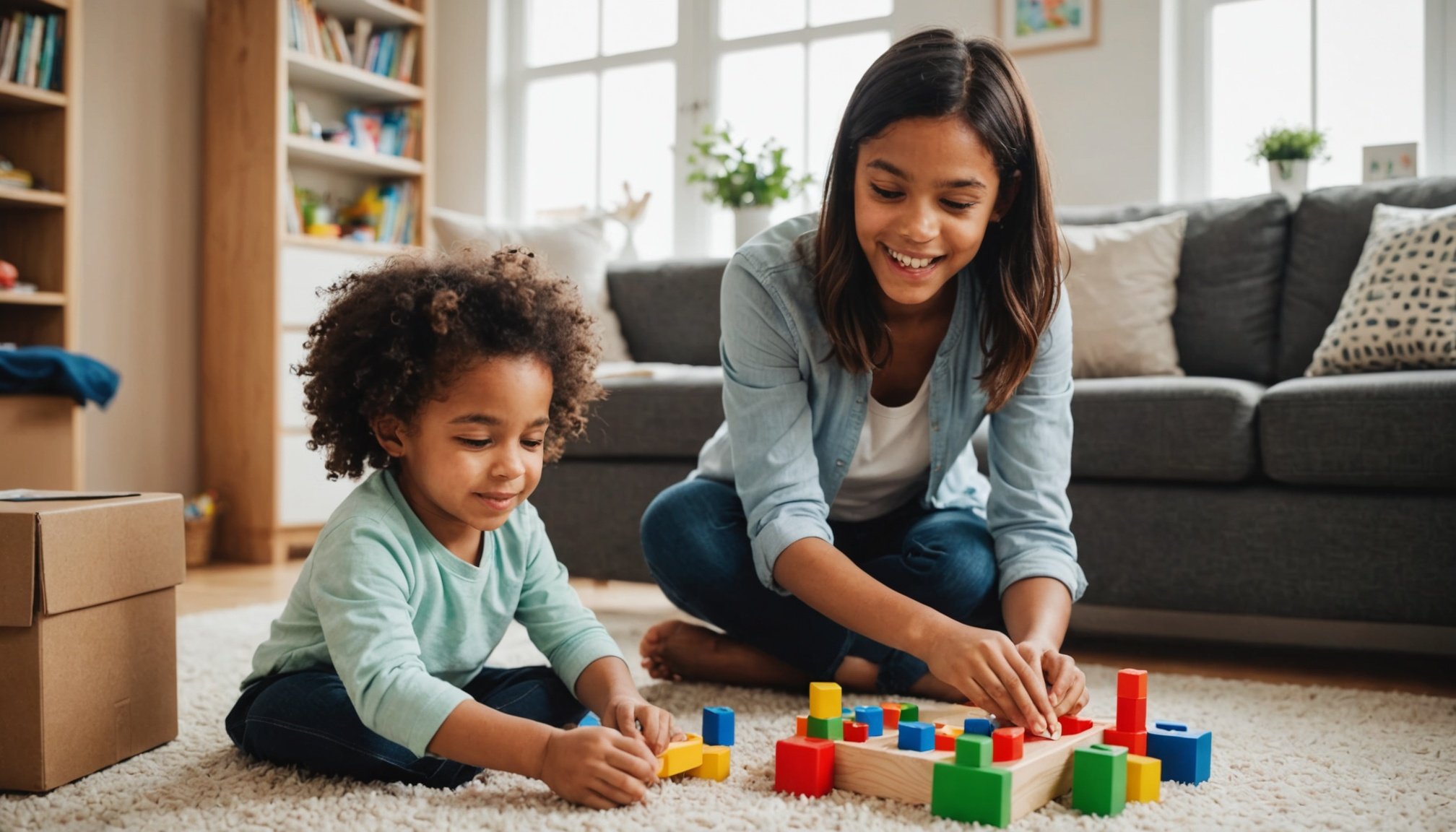Creating a safe and kid-friendly environment for young children is a priority for every family. With the curiosity and boundless energy that children bring into a home, it’s crucial to take preventive measures to ensure their safety. This article will guide you through practical tips and strategies to help make your living space both enjoyable and secure for your little ones. Whether you’re a new parent or someone with a bustling family already, these insights will help you maintain a safe haven where your children can thrive.
Understanding the Risks at Home
Young children naturally explore their environment, often in ways that might seem surprising to us. The home, with all its hidden corners and reachable heights, can sometimes present unseen dangers. Understanding these risks is the first step in creating a safe space for your kids.
In the same genre : How can I incorporate smart home technology into my existing house design?
Accidental falls, choking hazards, and exposure to harmful substances are common concerns many parents share. Furniture like coffee tables and bookcases, when not secured, can easily become tipping hazards. Small items left within a child’s reach can lead to choking incidents. Meanwhile, cleaning products or medications, if not stored securely, can pose significant health risks.
To effectively manage these risks, begin with a thorough inspection of your living space. Look at your home through the eyes of your child. Get down to their level and assess what might catch their attention or be within their grasp. This perspective will help you identify potential dangers that might be overlooked at adult eye level.
Additional reading : How can I incorporate smart home technology into my existing house design?
Safety Tips for Furniture and Fixtures
The layout and stability of your home’s furniture can significantly impact your child’s safety. Ensuring that every piece is child-friendly involves considering both placement and security.
Start by anchoring heavy furniture, such as bookcases and TV stands, to the walls. This prevents accidental tipping if your child decides to climb or pull themselves up. Additionally, use corner guards on sharp edges and corners of tables and countertops to mitigate injuries during falls.
Ensure that all furniture is arranged in a way that allows for open pathways, minimizing the risk of tripping. Keep electrical cords and wires out of easy reach to prevent entanglement or the temptation to tug. Consider installing safety gates in areas where a fall is possible, like staircases or split-level living areas.
Finally, be mindful of the placement of decor and accessories. Items like vases, picture frames, or any breakables should be kept out of reach or behind secured doors or drawers. A child-friendly home is not about stripping away style but rather arranging it thoughtfully.
Securing Hazardous Areas
Certain spaces in the home, like kitchens and bathrooms, present particular challenges when considering child safety. These areas often house dangerous items or features that require extra attention.
In the kitchen, ensure that all sharp objects, including knives, scissors, and other utensils, are stored in locked drawers or cabinets. Use stove knob covers to prevent your child from turning on burners and keep hot pots and pans on the back burners. Unattended electrical outlets should always be covered with outlet covers to prevent unwanted curiosity from leading to shocks.
Bathrooms should be equipped with locks, or consider installing safety latches to keep curious toddlers out. Store medicines, cleaning supplies, and toiletries out of reach or in locked cabinets. To prevent slips, use non-slip mats in tubs and showers, and always supervise bath-time to ensure your child’s safety.
These precautions in targeted areas around your home will help to significantly reduce the possibility of accidents, allowing you to focus on nurturing and enjoying your time together.
Creating a Safe Play Environment
Play is a crucial part of a child’s development, and creating a safe play environment is essential for their growth and happiness. Designing a space where they can explore and learn without constant supervision requires thoughtful planning.
For indoor play areas, consider using child-friendly materials like soft carpets or area rugs to cushion falls. Secure storage solutions, such as bins or baskets, help keep toys organized and prevent clutter from becoming a tripping hazard. Rotate toys regularly to maintain your child’s interest and ensure that each is age-appropriate and in good condition.
Outdoor play spaces require equal attention. Install fences or gates around play areas to prevent wandering and ensure all play equipment is well maintained, with no rust or broken parts. Soft ground surfaces, such as sand or rubber mulch, under play structures can prevent injuries from falls.
Remember, while structuring these play areas, actively involve your child in setting rules about how to use these spaces safely. Teaching safety from a young age empowers them to be aware of their actions and surroundings.
Making a home kid-friendly and safe is a multifaceted task, but it is fully achievable with thoughtful preparation and ongoing vigilance. By understanding the potential risks, securing furniture and fixtures, safeguarding hazardous areas, and creating safe play environments, you set a solid foundation for your children’s well-being.
The goal isn’t to create a sterile environment but to allow your children to explore and grow in a safe setting. As they become familiar with boundaries and learn about safety, they build confidence and independence. Remember, the essence of a safe home is not just about eliminating dangers but fostering a nurturing and supportive environment where your family can thrive and create cherished memories.











